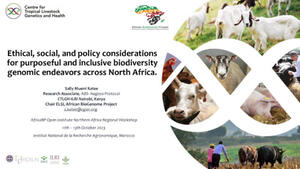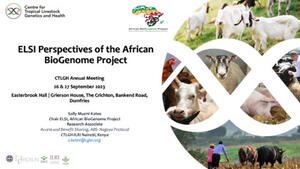
Remote sensing-based assessment of the 2005–2011 bamboo reproductive event in the Arakan mountain range and its relation with wildfires
Abstract
Pulse ecological events have major impacts on regional and global biogeochemical cycles, potentially inducing a vast set of cascading ecological effects. This study analyzes the widespread reproductive event of bamboo (Melocanna baccifera) that occurred in the Arakan Mountains (Southeast Asia) from 2005 to 2011, and investigates the possible relationship between massive fuel loading due to bamboo synchronous mortality over large areas and wildfire regime. Multiple remote sensing data products are used to map the areal extent of the bamboo-dominated forest. MODIS NDVI time series are then analyzed to detect the spatiotemporal patterns of the reproductive event. Finally, MODIS Active Fire and Burned Area Products are used to investigate the distribution and extension of wildfires before and after the reproductive event. Bamboo dominates about 62,000 km2 of forest in Arakan. Over 65% of the region shows evidence of synchronous bamboo flowering, fruiting, and mortality over large areas, with wave-like spatiotemporal dynamics. A significant change in the regime of wildfires is observed, with total burned area doubling in the bamboo-dominated forest area and reaching almost 16,000 km2. Wildfires also severely affect the remnant patches of the evergreen forest adjacent to the bamboo forest. These results demonstrate a clear interconnection between the 2005–2011 bamboo reproductive event and the wildfires spreading in the region, with potential relevant socio-economic and environmental impacts.
Citation
Fava, F. and Colombo, R. 2017. Remote sensing-based assessment of the 2005–2011 bamboo reproductive event in the Arakan mountain range and its relation with wildfires. Remote Sensing 9(1):85.










